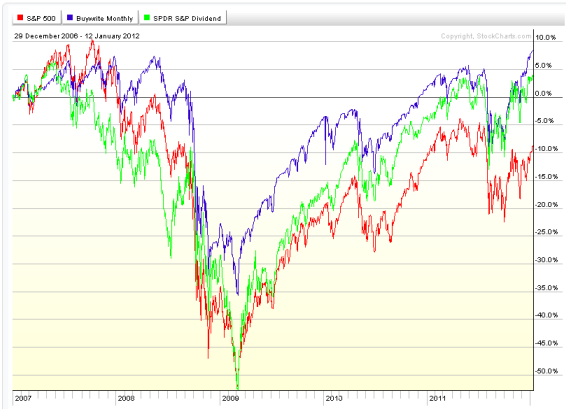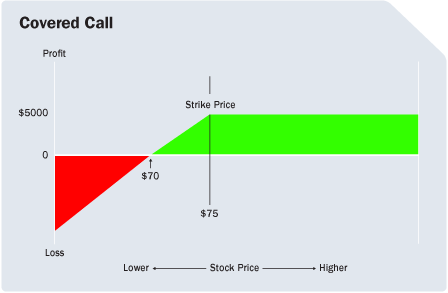Dividend-paying stocks were one of the best ways to take returns out of the market last year. In a year when the overall market was basically flat, the best selection of dividend-paying stocks in the S&P 500 returned 7%-10% on average.
But can dividend stocks continue to outperform in 2012? History says no.
Over the past month, I have received numerous prospectuses and hedge fund ideas from several high net-worth money managers, and the buzz phrase right now is "dividend yield." My mail has been stuffed with six prospectuses in the last two weeks alone, a ridiculous amount.
What I find truly interesting is that the money managers are all pitching the same type of fund. Each one is looking for "undervalued" dividend-yielding stocks that did not participate in the move last year.
But what the self-directed investor doesn’t realize is that as soon as the yield on interest rates sees an uptick, dividend-paying funds will begin to underperform. Why?
Well, for the same reason that money flooded into these funds. It will flood out again when investors can get similar yields from safer investments – namely bonds. Right now, most highly rated corporate bonds yield LESS than their stocks’ dividends.
As soon as interest rates rise, money will slosh back into bonds – leaving these dividend funds high and dry.
So if that is the case, where can a yield-starved investor turn to today without chasing dividend yield? Or should they just sit around waiting for bond yields to rise??
You may not be comfortable with the answer, but please hear me out for just one more minute.
I’m talking about covered calls. In order to take advantage of this options strategy, you DO NOT – I repeat, DO NOT – need to trade options. You can profit from covered calls with a regular old ETF.
For some reason, self-directed investors seem to ignore what is, in my opinion, the best income strategy available to investors.
Just look at how the SPDR S&P 500 (SPX), CBOE S&P 500 BuyWrite Monthly Index (BXM) and the SPDR S&P Dividend ETF (SDY) have performed over the past five years.

The Time Has Come
The time has come for the average investor- whether wealthy or in the process of accumulating wealth – to consider using covered calls.
As I have often stated, most investors think of options as high-risk, speculative strategies where large losses can be incurred. While this is certainly true of some options strategies, covered calls are more conservative than investing in stocks or ETFs alone.
In other words, a covered call strategy is SAFER than just buying stocks or ETFs alone.
Why?
Covered calls:
- Provide significant protection in a down market
- Are one of few ways an index investor can achieve double-digit returns in a flat or slow-growth market
- Lower your cost basis while decreasing the volatility of your portfolio
Remember, covered calls make money when stocks are flat or down. You only get the underlying stock "called" away if it rises significantly.
So again, why would any investor choose to shy away from such a proven income strategy that has outperformed the market and dividend-paying stocks over the long term?
In 2011, the BXM finished up 5.6%, while the SPX went nowhere. And as Barron’s noted last week, other variations of the covered-call strategy — writing cash-secured puts, or covered calls on different indices — performed even better.
Granted, the 2011 market was tailor-made for hedged strategies. In a strong bull market, buy-write strategies will drastically underperform the broader market.
But let’s face it – we’re in a prolonged secular bear market in stocks. To ignore this fact is to ignore the strongest trend going.
In a bear market, the income from call options — the majority of which will expire unexercised — will provide some downside protection and index outperformance. But that option income will not overcome steep losses in the underlying equities.
At its heart, the goal of a covered-call strategy is to lower our cost basis by generating income through the selling of call options.
Over the next several weeks, I’ll go into further detail as to how I use covered calls as a strategy with real world examples. Stay tuned. And as always, if you have any questions regarding covered calls or options in general please do not hesitate to email me at [email protected].
Andy Crowder
Editor and Chief Options Strategist
Options Advantage and The Strike Price
 Facebook
Facebook
 Twitter
Twitter
